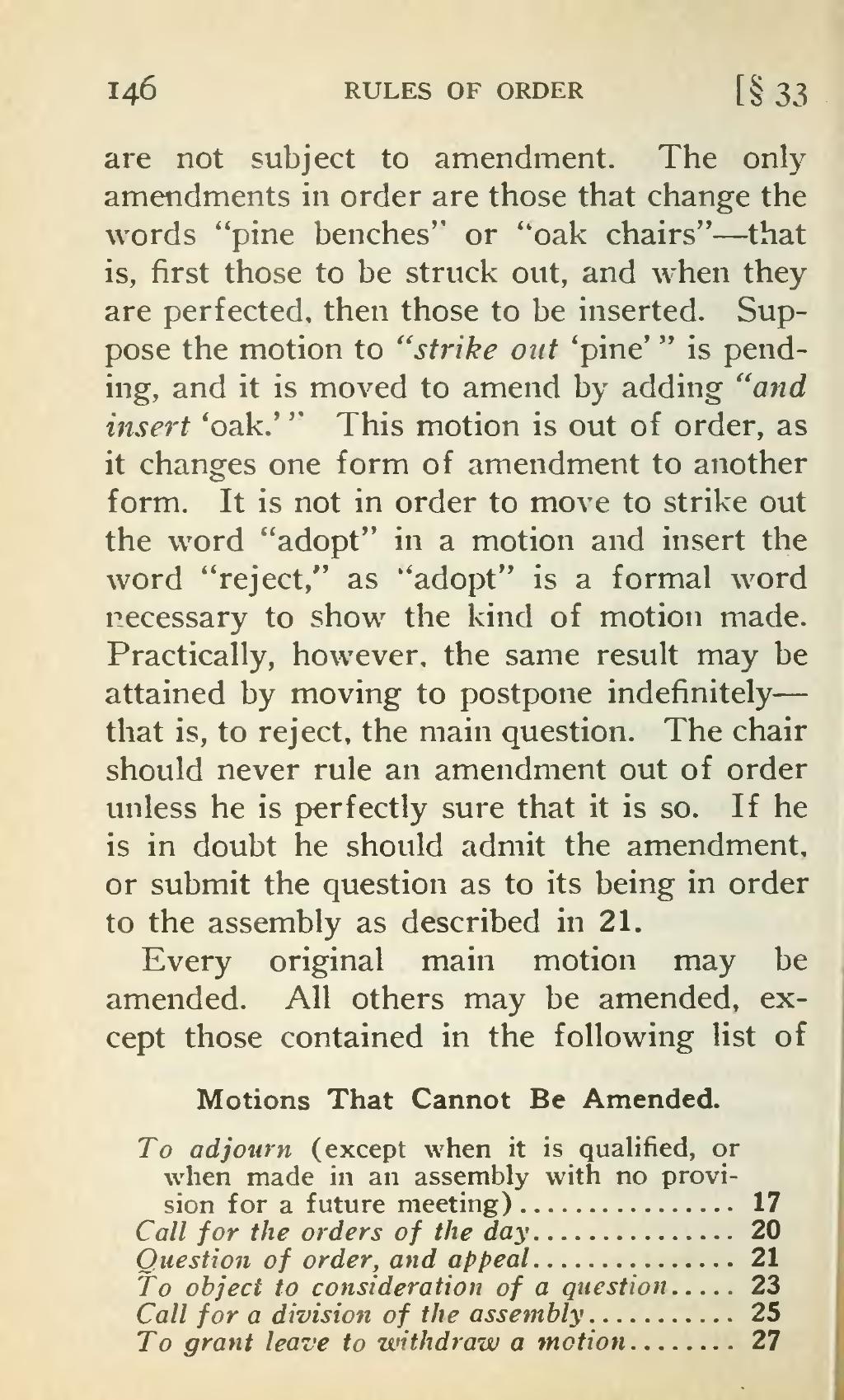In the past members of the board required travel to vote. But, thanks to new technology such as video conferencing and online voting platforms, it is now possible for board members to vote remotely. The process is faster which means greater efficiency and improved decision-making within the organization.
There are a variety of important boardmanagementsolution.info/best-practices-in-planning-effective-meetings/ aspects to consider when establishing remote voting systems for your board of directors. First, you have to determine the method of voting that will be used. The majority of organizations use a nomination process before the election. In this process, candidates volunteer to enter the race, or earn their place by collecting a number of signatures, or are nominated by peers. A thorough nomination process can increase enthusiasm in the beginning and attract a higher number of qualified candidates, which will aid in ensuring that the organization has the most effective possible representation in its leadership.
One of the major issues with email voting is that the responses aren’t recorded and tallied in real time, and the results may not be secure against tampering. Additionally, if a board director responds to an email ballot in a different answer format than the other directors It can be difficult to discern which responses are valid. It can also be a problem since it’s not confidential. This can create an issue when it comes to voting on sensitive and confidential issues.
Some states and bylaws don’t allow voting by email. However, most nonprofit boards are permitted to decide without a meeting if all directors can be heard and respond immediately and if they’ve signed an agreement in writing indicating their unanimous consent.








